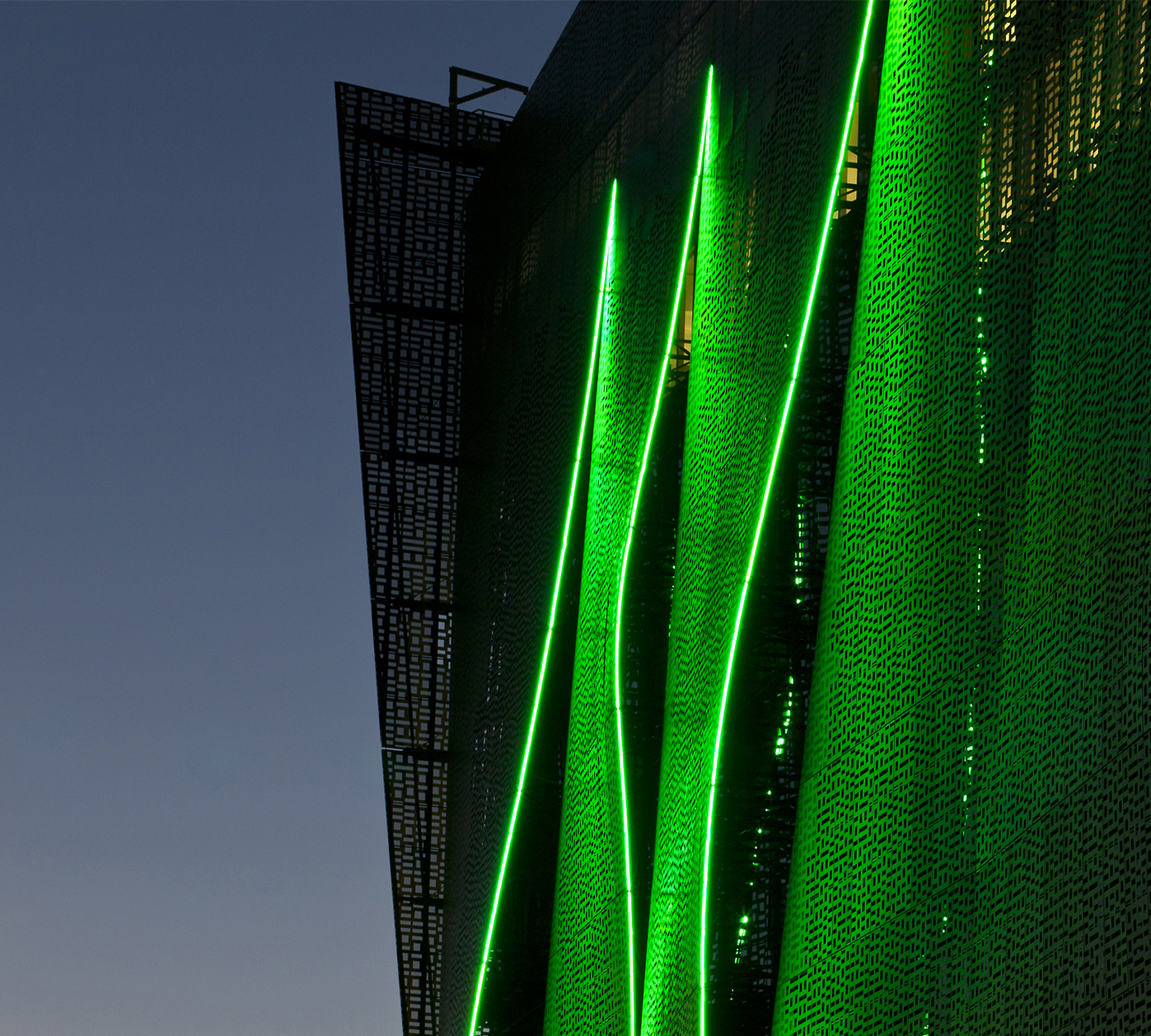- Posted on 2 May 2025
- 3-minute read
In light of recent incidents at other Australian universities, we want to remind you how UTS protects your data and what you can do to help stay cyber secure.
What is UTS doing to protect my data?
The cybersecurity team at UTS is constantly monitoring access to our network and devices, to keep you and your data secure. We receive alerts about unusual log-in activity, devices trying to connect to our network and incoming emails trying to install malware or trick you into sharing your username and password.
These controls and alerts work best on UTS-managed devices and when you’re working on the UTS network. However, if you’re using your own device, or working in a location away from our campus, it’s really important you know how to work securely too, as we can’t monitor or control things quite as well.
What is Single Sign-On?
Single sign-on (SSO) is a user authentication tool that enables users to securely access multiple applications and services using just one set of credentials. When you need to access a UTS application – think My Student Admin, Canvas or Outlook – SSO allows you to sign in to all applications using the same password.
Does UTS use SSO?
We do! We use it in conjunction with Multi-Factor Authentication (MFA) to secure student accounts. You can visit myapps (login.uts.edu.au) to see the applications that are secured using SSO and manage your user settings, such as setting up additional MFA factors.
Is SSO secure?
SSO is considered a secure authentication method because it reduces the number of passwords that you need to manage, thereby lowering the risk of storing passwords in insecure ways or repeatedly using the same password for different applications.
What can I do to protect my data?
We know you've probably heard it all before, but taking these simple steps really does help make your account as secure as possible:
- Use a unique password for your UTS account. If your UTS password is a password you've used anywhere else, change it now.
- Don’t share your password with anyone else or write it down in a place that’s not secure. That notes app list you have of passwords? Delete it! You shouldn't save your passwords anywhere that isn’t securely encrypted.
- Strengthen your MFA. At UTS we recommend the Okta Verify app. If you haven’t made the change from SMS to MFA verification, we encourage you to do so, it’s much more secure.
- Be on the lookout for more phishing messages than usual. Cybercriminals and scammers often use something in the news as a way to trick you into sharing your username and password. You’ll never be asked by UTS to reset a password or enter your username and password through email links. The only place to change your password is login.uts.edu.au.
- Keep your studies separate from your personal life. This means saving your important notes and coursework inside tools like OneDrive and Sharepoint. These applications are secured by UTS and securely backed up.
- Keep your device up to date. If you’ve run out of storage on your phone and holding off on installing the latest software update, this puts you at risk. Always install updates so that your phone and laptop can have the latest security updates.
- Be careful of what you share. As well as never sharing your password, think twice before giving others access to your notes, files, coursework and so on. If you do share with someone you know, remove access when the project you’re working on is complete. Don’t create links that can be used by anyone to access files.
- Report incidents immediately. If you’re concerned your account has been accessed by someone who shouldn’t have access to it, if you’ve lost a device that’s signed into a UTS account, or if you have any other cybersecurity concerns, contact IT Support on 02 9514 2222, drop by in person, or raise a service ticket.
Share these tips with other students – maintaining strong cybersecurity at UTS relies on all of us.






